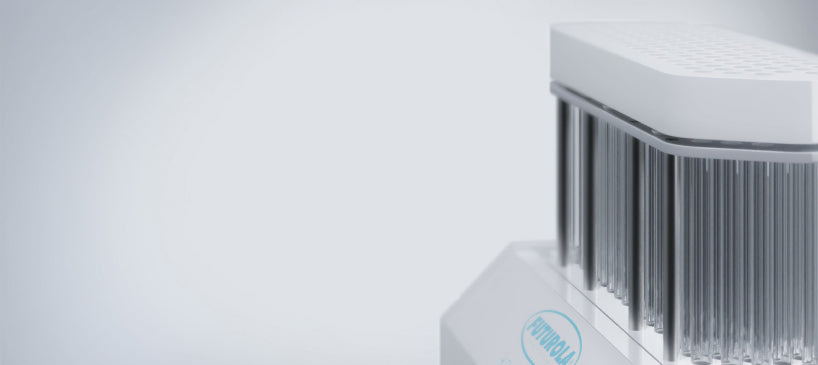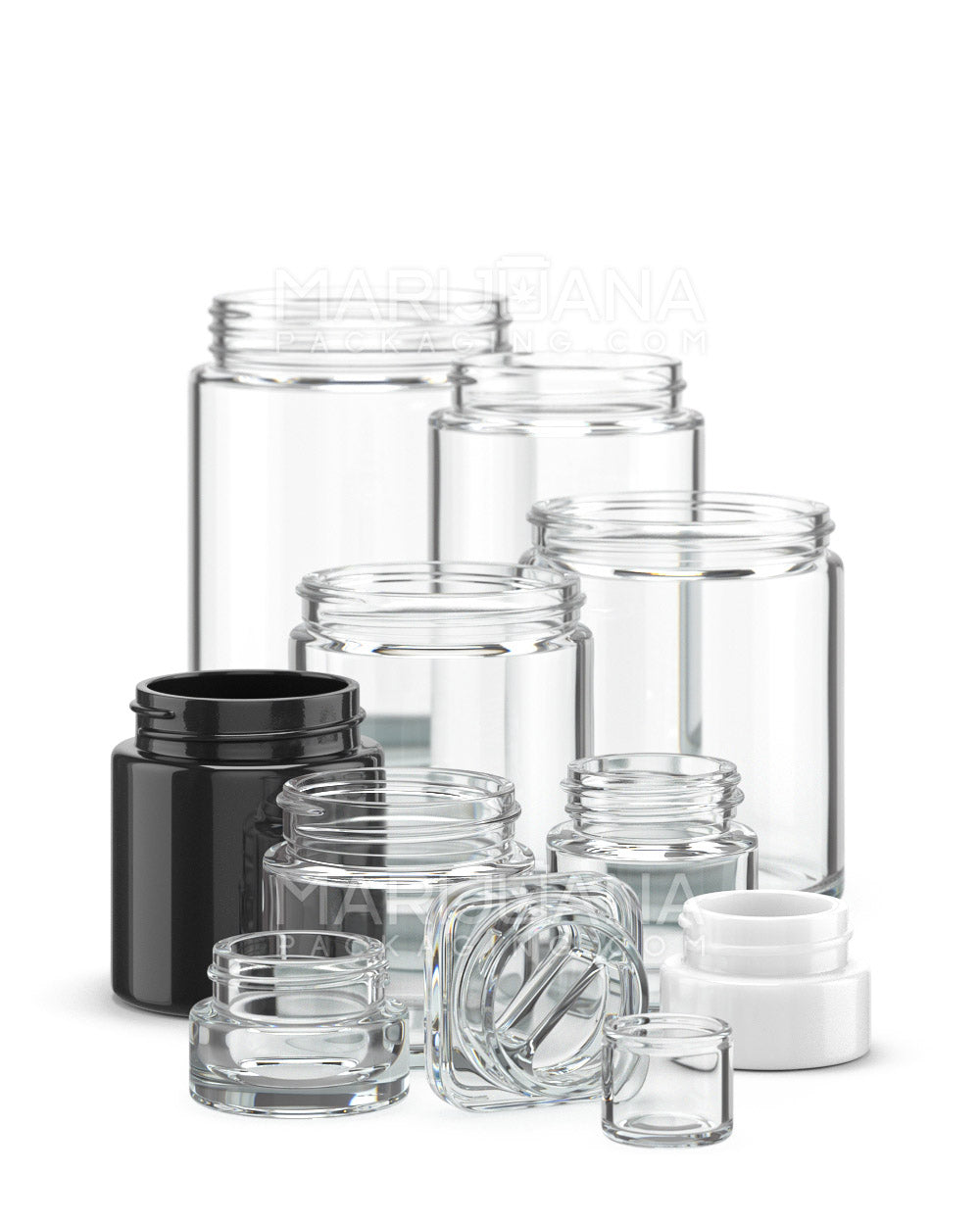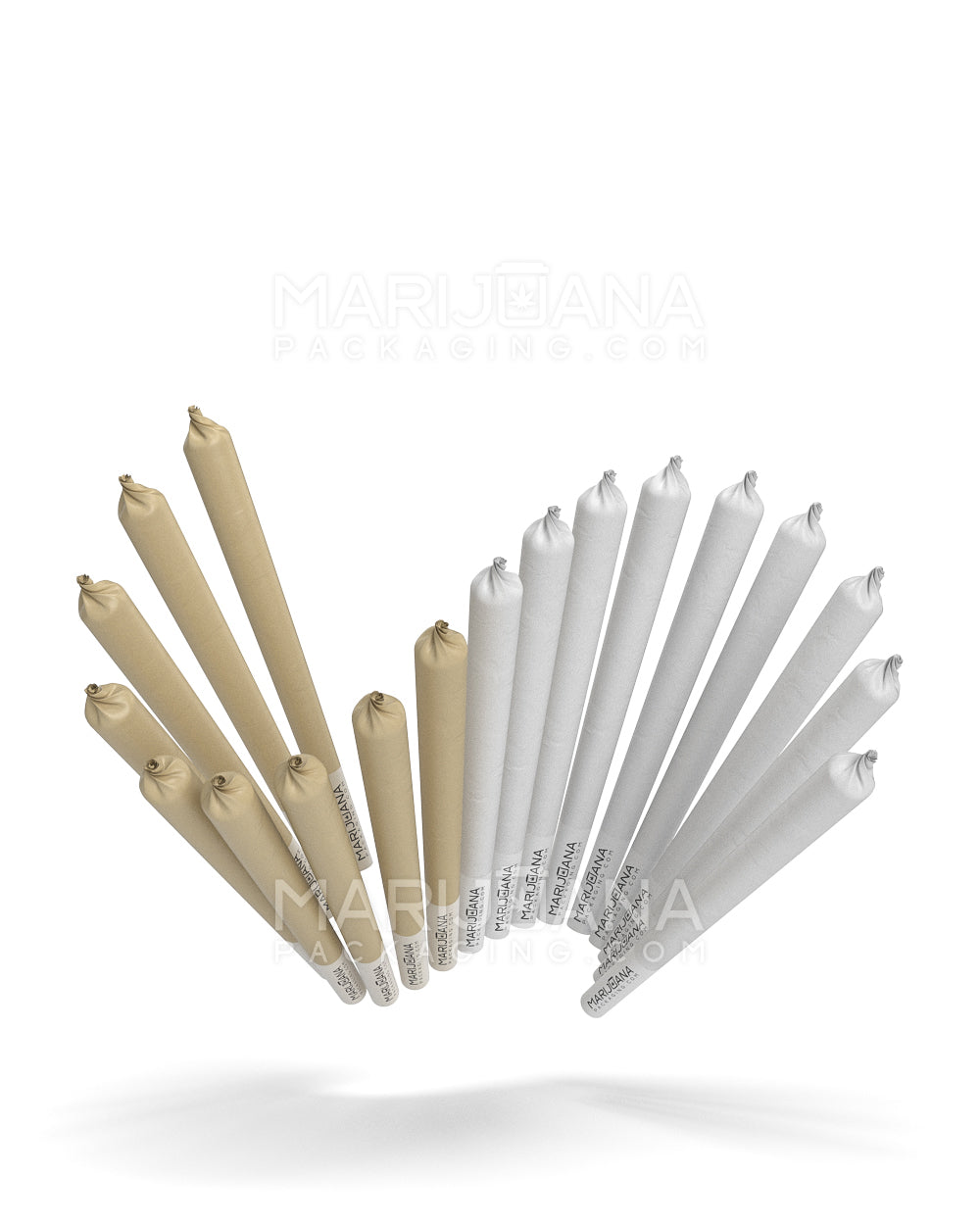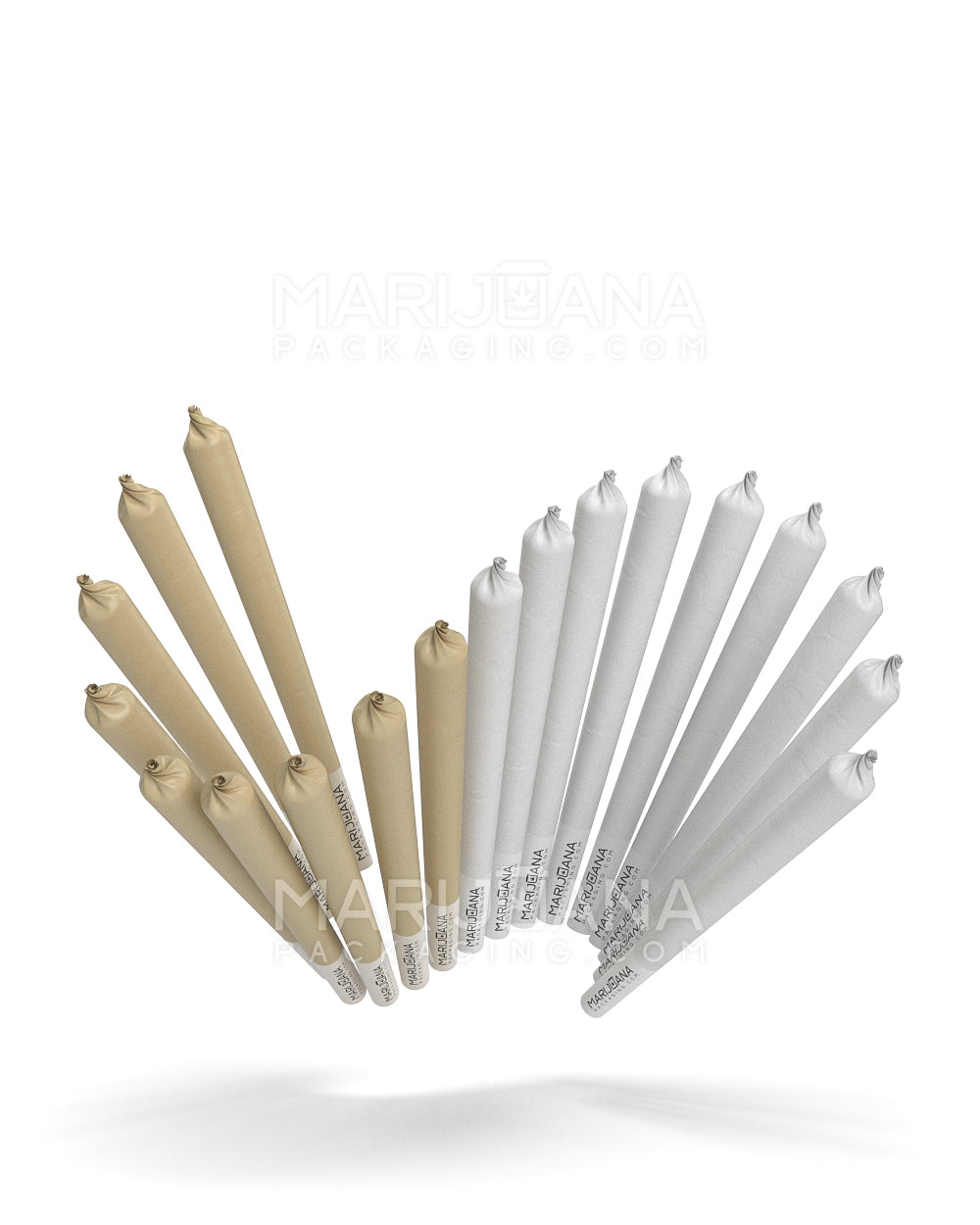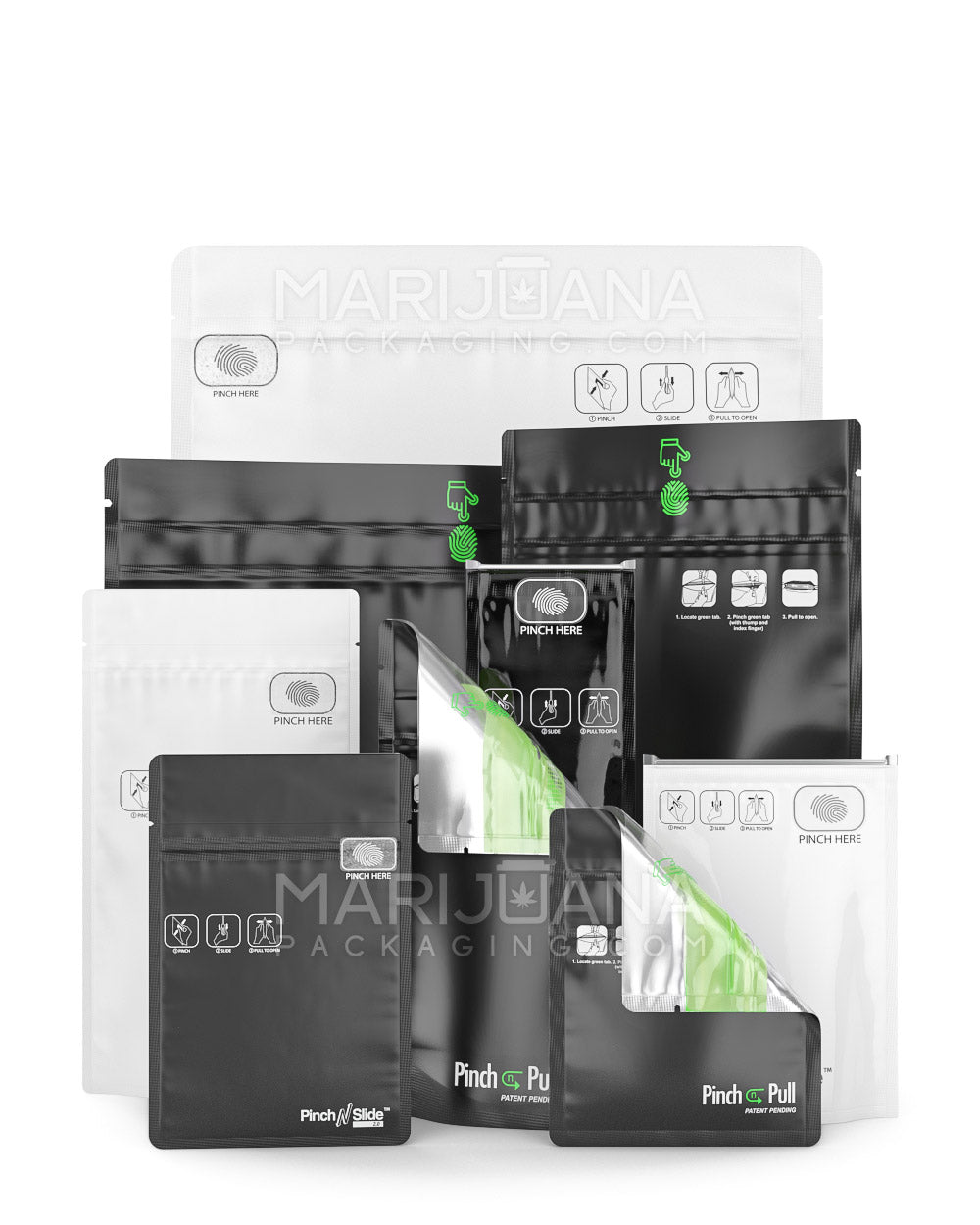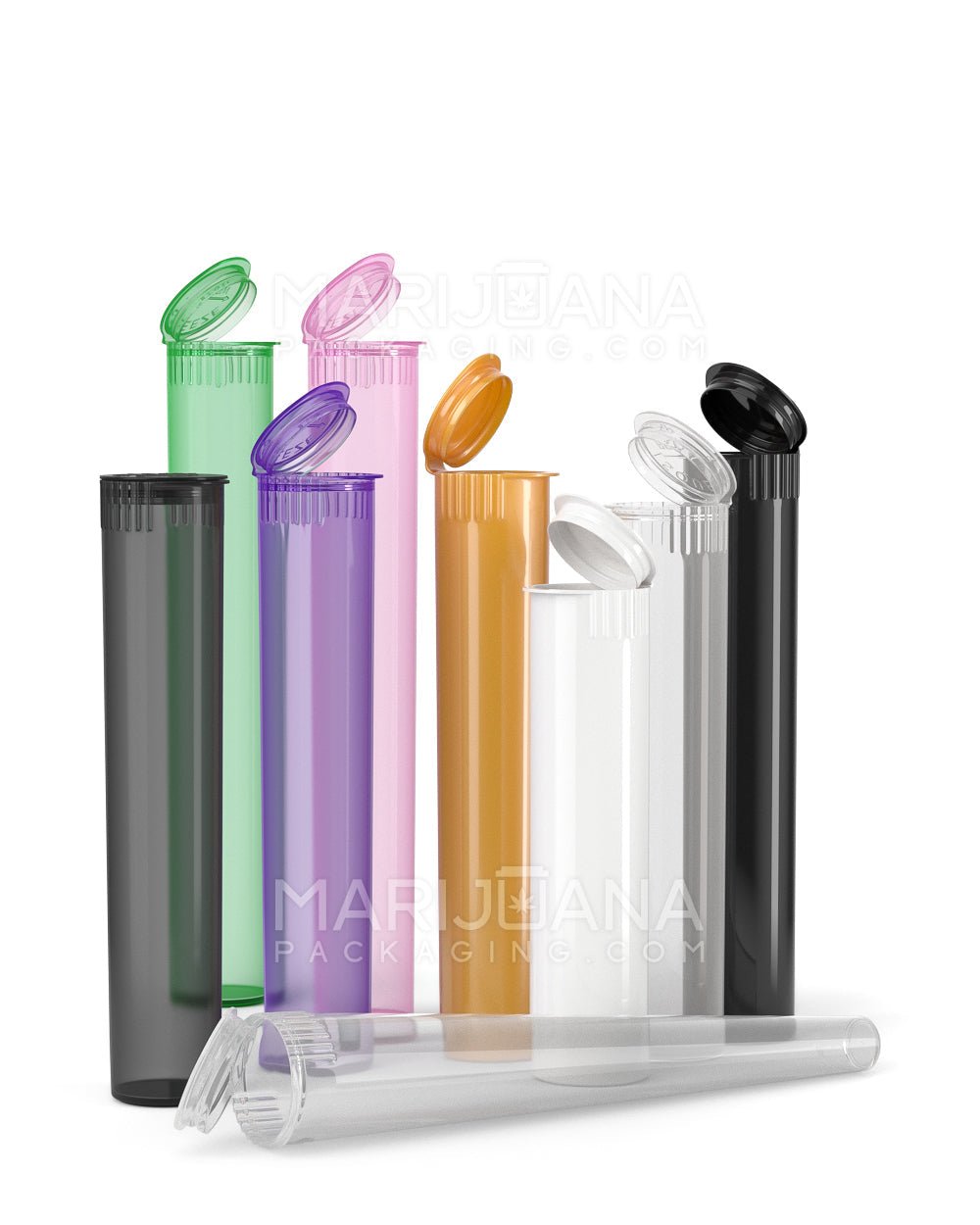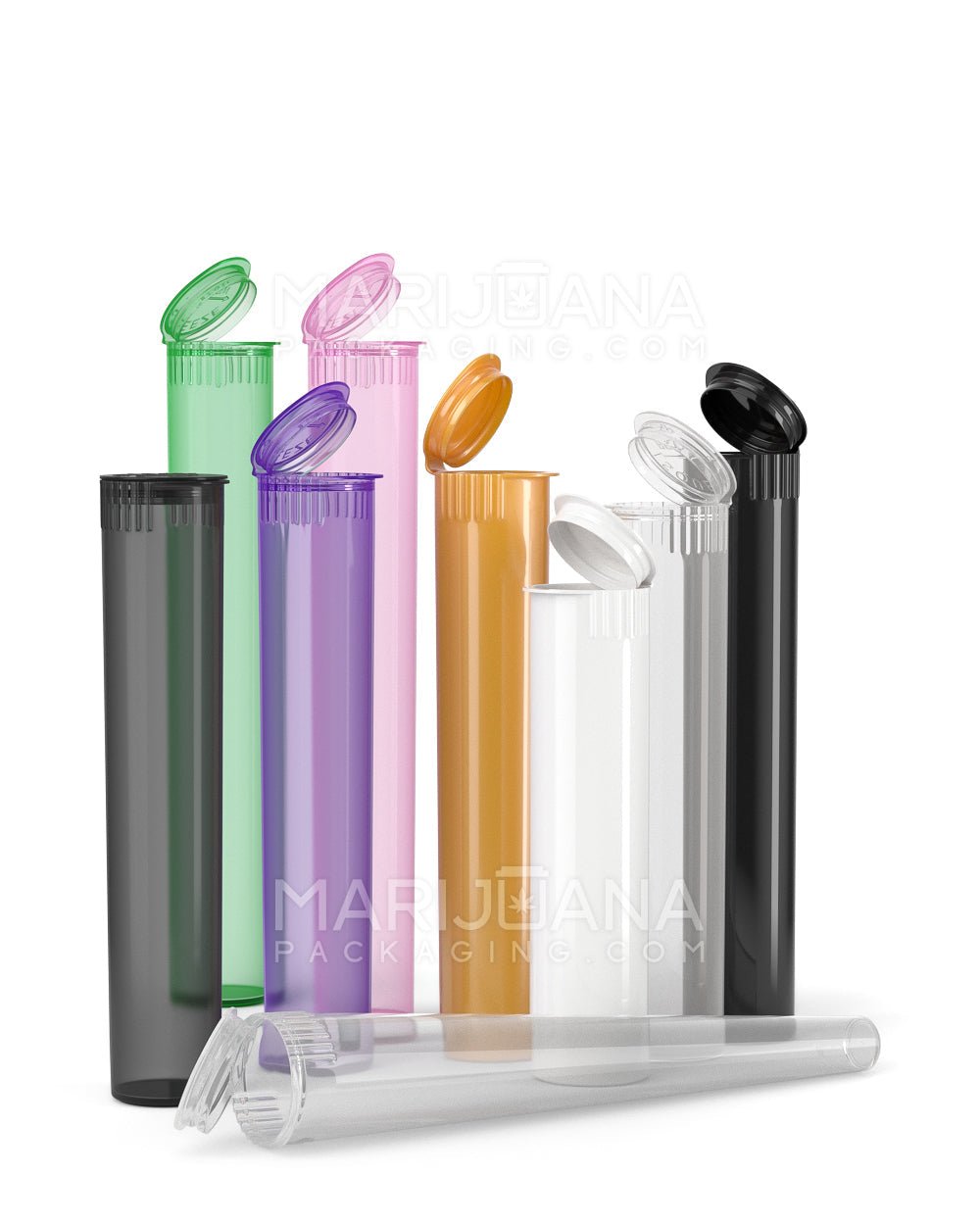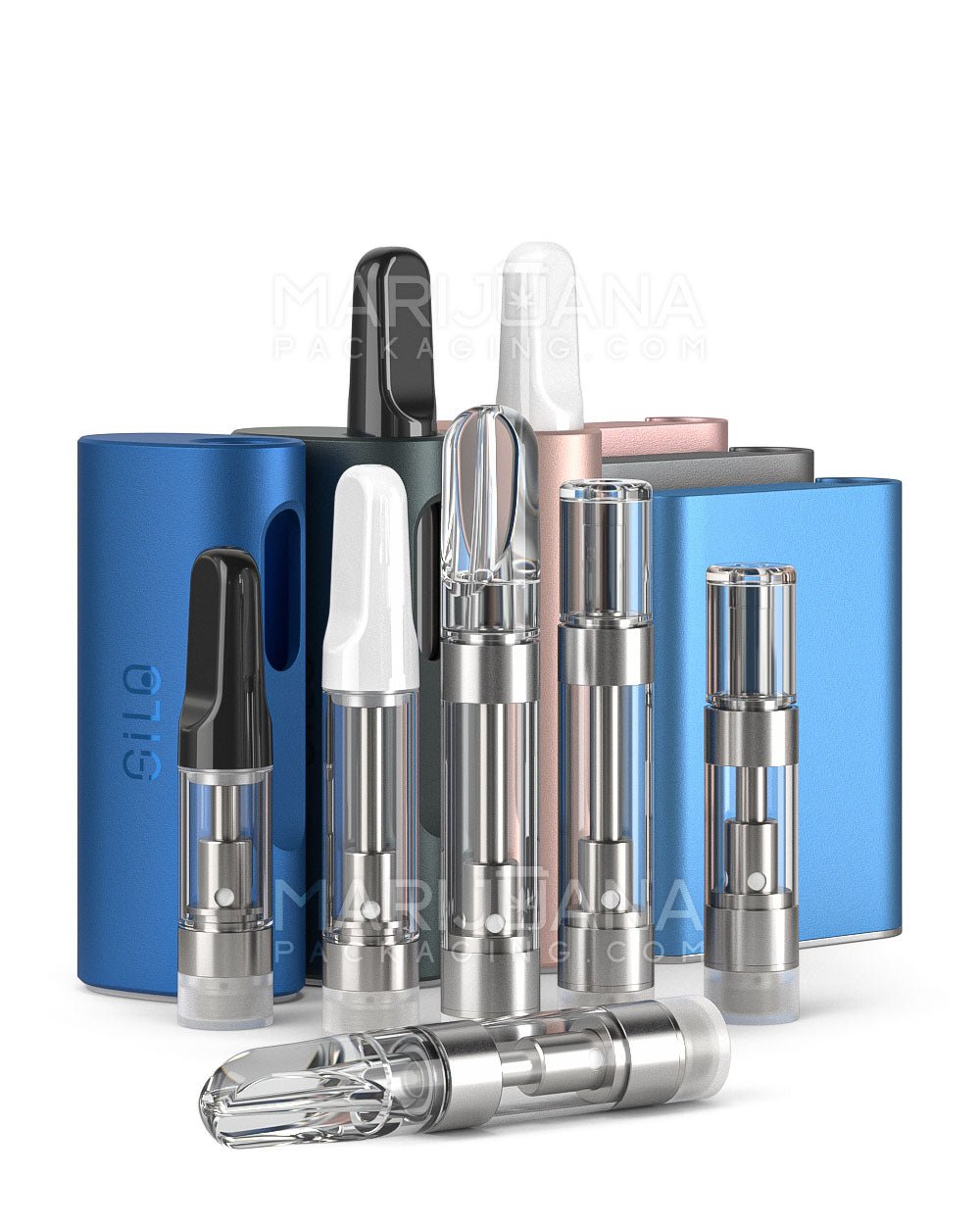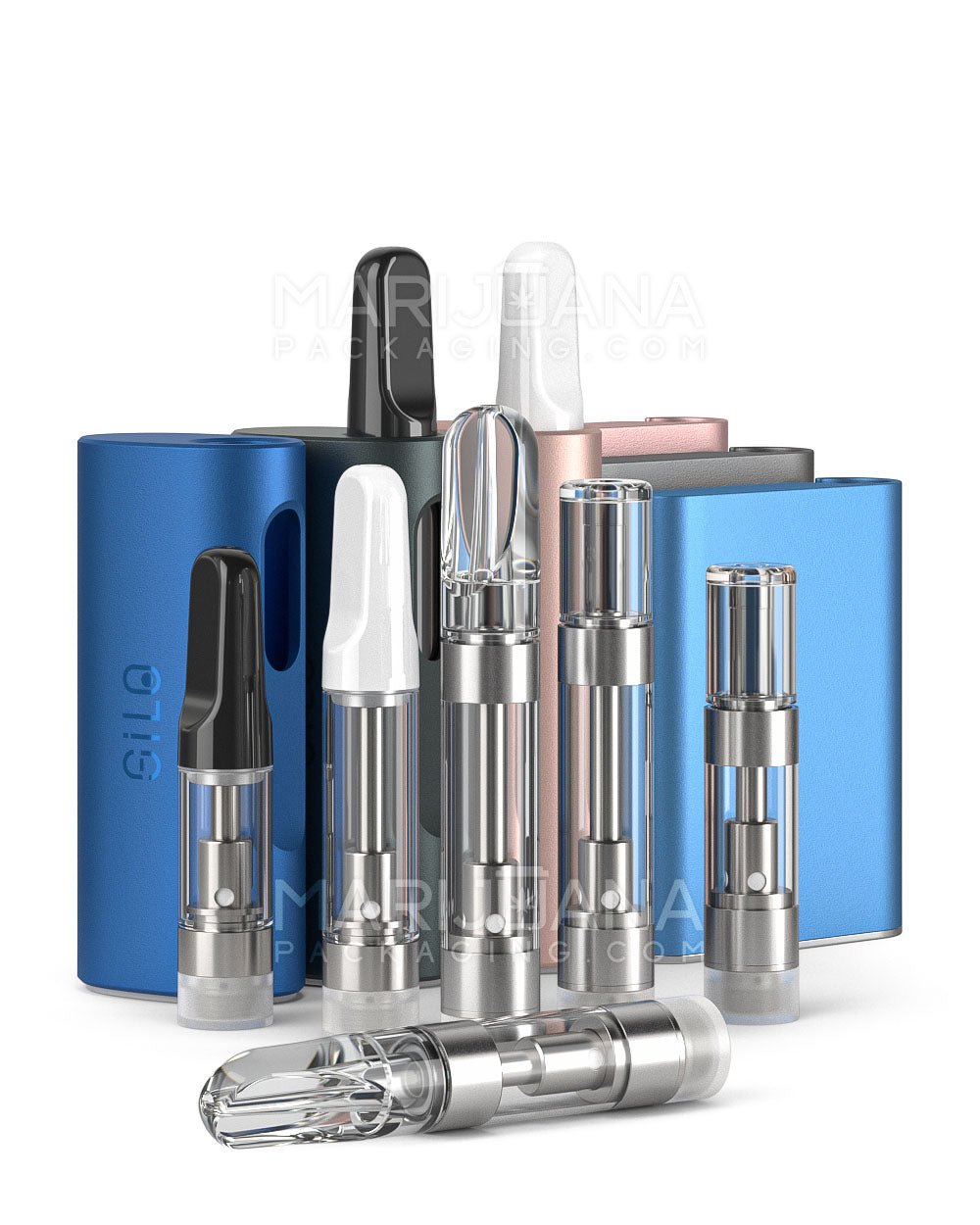When it comes to preparing marijuana for use in edibles or other infused products, decarboxylation is a step you absolutely can’t skip. This process is key to transforming the compounds in your cannabis into their active forms, making them more potent and effective. But what exactly is decarboxylation, and what temperature should you aim for to get it just right?
In this article, we'll dive into the nitty-gritty of decarboxylation—how it works, why it's important, and most critically, the temperatures you need to hit to ensure your cannabis is activated to the fullest. We'll also cover some practical tips and methods for decarbing your weed at home without a hitch. So, if you're curious about getting the most out of your cannabis, stick around!
What Is Decarboxylation?
Before we talk about temperatures, let's first understand what decarboxylation actually is. In simple terms, it's a chemical reaction that removes a carboxyl group from a molecule. In the world of cannabis, this is the process that converts THCA (tetrahydrocannabinolic acid) into THC (tetrahydrocannabinol), the compound that gets you high. Similarly, CBDA (cannabidiolic acid) is converted into CBD (cannabidiol), known for its therapeutic benefits.
When cannabis is fresh or dried, the THC and CBD are mostly present in their acidic, inactive forms. These compounds need a bit of heat to lose their carboxyl group and become active. This is why smoking or vaping weed gets you high instantly—you're applying heat directly to the plant material, triggering decarboxylation on the spot.
For edibles and other infused products, where you’re not applying heat directly, you need to decarb your weed beforehand. This ensures that your cannabis-infused oils, butters, or tinctures have the active compounds that provide the desired effects.
Why Is Decarboxylation Important?
You might be wondering, "Do I really need to decarb my weed?" The answer is a resounding yes. Without decarboxylation, your cannabis-infused products won't have the same potency, meaning you won't feel the effects as strongly or at all in some cases.
Consider this: if you were to eat raw cannabis, you'd likely feel very little in terms of psychoactive effects. That's because the THCA present in raw cannabis doesn't bind to the cannabinoid receptors in your brain the same way THC does. Decarboxylation is crucial to unlocking the full potential of your plant.
Not only does decarboxylation maximize the psychoactive effects, but it also enhances the medicinal properties of cannabis. Many of the therapeutic benefits—like pain relief, stress reduction, and anti-inflammatory properties—are more accessible once the cannabis is decarboxylated. Whether you're making edibles, topicals, or tinctures, decarbing ensures you get the most out of your cannabis.
The Science Behind Decarboxylation Temperatures
Now that we know why decarboxylation is important, let's talk about the science behind the right temperature. The goal is to apply enough heat to convert THCA to THC, but not so much that you start to degrade the THC or burn off the terpenes, which are responsible for the aroma and additional therapeutic effects of cannabis.
The sweet spot for decarboxylating cannabis is generally between 220°F to 240°F (104°C to 116°C). At this temperature range, you provide enough heat to efficiently convert THCA to THC without risking too much degradation. This process usually takes about 30 to 45 minutes, but it can vary depending on the moisture content and density of your cannabis.
It's important to note that different cannabinoids have slightly different decarboxylation temperatures. For instance, CBD decarboxylates at a slightly higher temperature than THC. However, sticking to the 220°F to 240°F range is a safe bet for most purposes. Going above this range can lead to the loss of terpenes and cannabinoids, which we definitely want to avoid.
Methods for Decarboxylation
There are several methods for decarboxylating cannabis, each with its own pros and cons. The most common method is using an oven, but you can also use a slow cooker, a sous-vide machine, or even a dedicated decarboxylation device. Let’s explore these options.
Oven Decarboxylation
The oven method is the most accessible for most people. Here’s a step-by-step guide:
- Preheat your oven to 220°F to 240°F (104°C to 116°C).
- Grind your cannabis slightly, but don't overdo it. You want an even consistency, but not a fine powder.
- Spread the cannabis evenly on a baking sheet lined with parchment paper.
- Bake for 30 to 45 minutes, stirring every 10 minutes to ensure even heating.
- Let it cool before using it in your cannabis-infused recipes.
This method is straightforward but requires some attention to ensure even heating and to avoid burning your cannabis.
Slow Cooker Method
If you’re not in a rush, a slow cooker offers a more hands-off approach:
- Place your cannabis and a carrier oil (like coconut oil) in the slow cooker.
- Set the temperature to low, which is typically around 200°F (93°C).
- Cook for 4 to 6 hours, stirring occasionally.
- Strain the mixture through a cheesecloth to remove plant material.
This method is great for infusing oils directly, but it's not as precise as the oven method in terms of temperature control.
Common Mistakes and How to Avoid Them
Decarboxylation might seem straightforward, but a few common mistakes can throw a wrench in the works. Fortunately, they’re easy to avoid once you know what to look out for.
Skipping the Grind
Some folks might skip grinding their cannabis before decarboxylation. While it's not a deal-breaker, grinding ensures more even heating and a better final product. You don’t need a fancy grinder—a simple one from the kitchen will do.
Overheating
Another pitfall is overheating. Going above the recommended temperature range can degrade THC and burn off valuable terpenes. Use an oven thermometer if you’re unsure about your oven’s accuracy, as many ovens can be off by 20°F or more.
Not Stirring
If you’re using the oven method, not stirring the cannabis can lead to uneven decarboxylation. Some parts might be overcooked while others are undercooked. Stirring every 10 minutes helps ensure everything is evenly heated.
Testing Your Decarbed Cannabis
Once you’ve decarboxylated your cannabis, you might wonder how effective it is. While there are lab tests that can determine the exact potency, most home cooks won’t have access to these. Instead, you can gauge the effectiveness through a bit of trial and error.
Start by using a small amount of your decarbed weed in a recipe you’re familiar with. If you’re making edibles, remember that effects can take a while to kick in—anywhere from 30 minutes to 2 hours. Start low and go slow with your dosing until you find the right balance for your needs.
If you're making tinctures or oils, you can also test the potency by placing a small drop under your tongue. Again, start with a low dose to see how it affects you before ramping up.
Storing Decarboxylated Cannabis
Once your cannabis is decarboxylated, proper storage is important to maintain its potency. Exposure to light, air, and moisture can degrade cannabinoids over time, so you'll want to keep it in a cool, dark place.
An airtight jar is your best friend here. Mason jars work well, and you can add a food-grade desiccant pack to keep moisture out. Store the jar in a cupboard or pantry away from direct sunlight.
For long-term storage, consider vacuum-sealing your decarboxylated cannabis and keeping it in the freezer. This can extend its shelf life significantly, especially if you’re not planning to use it right away.
Decarboxylation Devices: Are They Worth It?
If you’re serious about making edibles or other cannabis-infused products, you might wonder if a decarboxylation device is worth the investment. These gadgets are designed to simplify the process and ensure consistent results.
Brands like the Ardent Nova or the Magical Butter Machine offer precise temperature control and ease of use. They take the guesswork out of decarbing, which can be particularly useful if you’re making large batches or want to ensure maximum potency.
That said, they can be pricey. If you’re only an occasional home cook, sticking with traditional methods like the oven might be more cost-effective. But if you’re frequently making edibles, a dedicated decarboxylation device can be a worthwhile investment.
Final Thoughts
Decarboxylation is a vital step in maximizing the effects of your cannabis-infused products. By applying the right amount of heat, you activate the compounds that make cannabis so enjoyable and beneficial. Whether you’re using an oven, a slow cooker, or a dedicated device, understanding the decarboxylation process will help you get the most out of your cannabis.
Speaking of getting the most out of your products, have you thought about your packaging? Gamut offers full-spectrum packaging solutions tailored to your needs. From jars to bags and everything in between, Gamut ensures your brand stands out with quality packaging that protects and showcases your products beautifully. So, when you’re ready to take your cannabis creations to market, Gamut runs the gamut to meet your needs.







